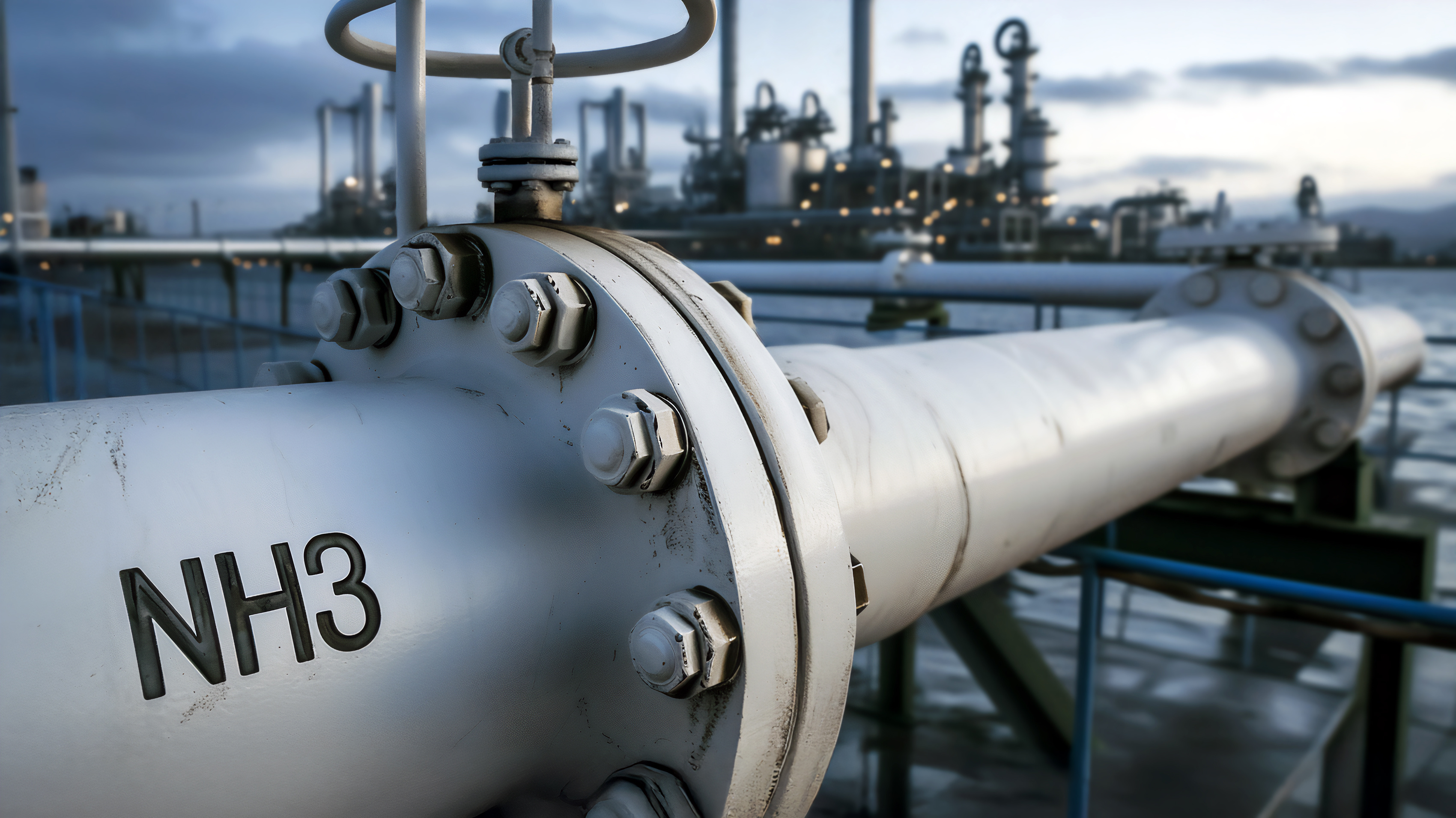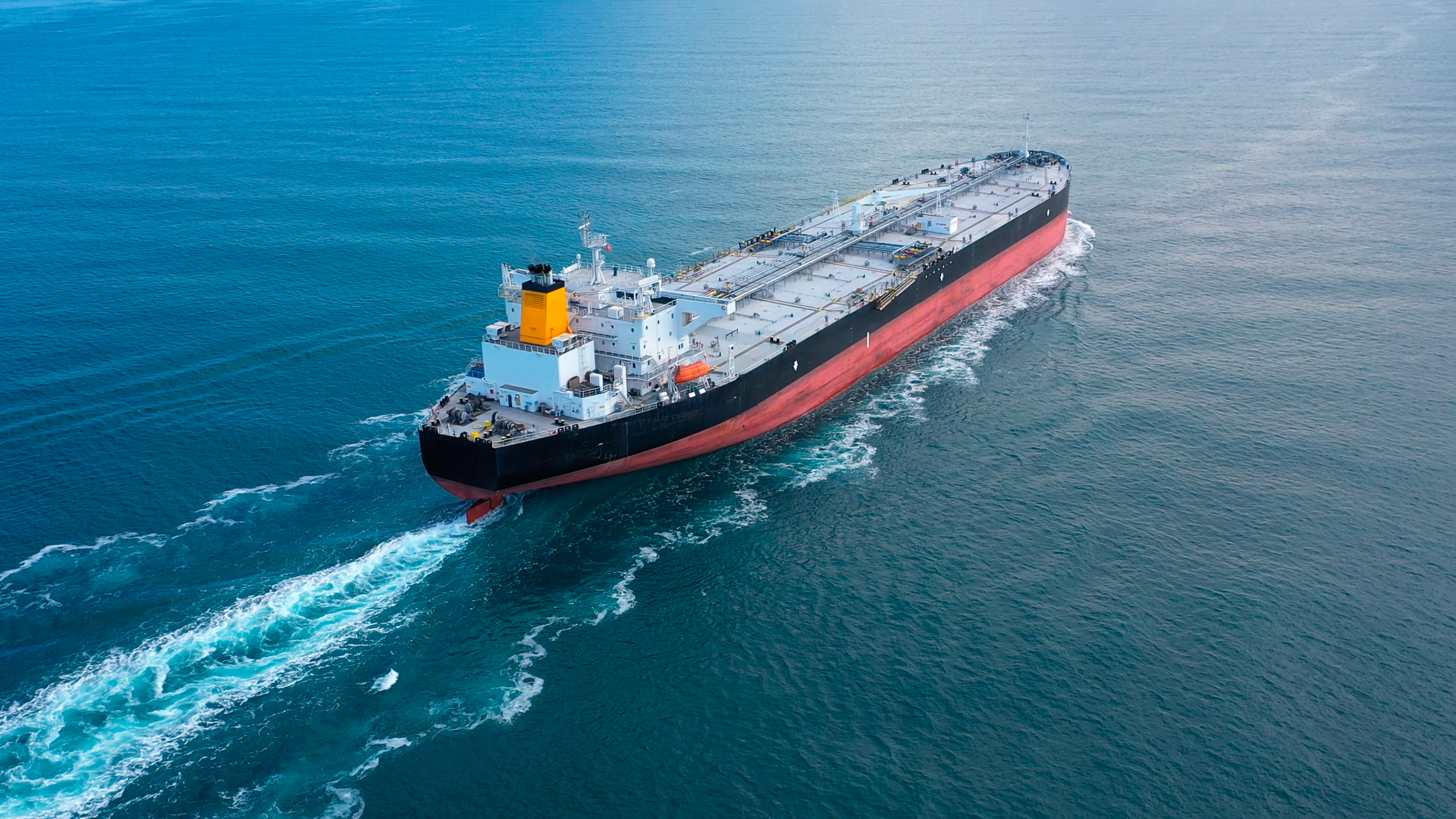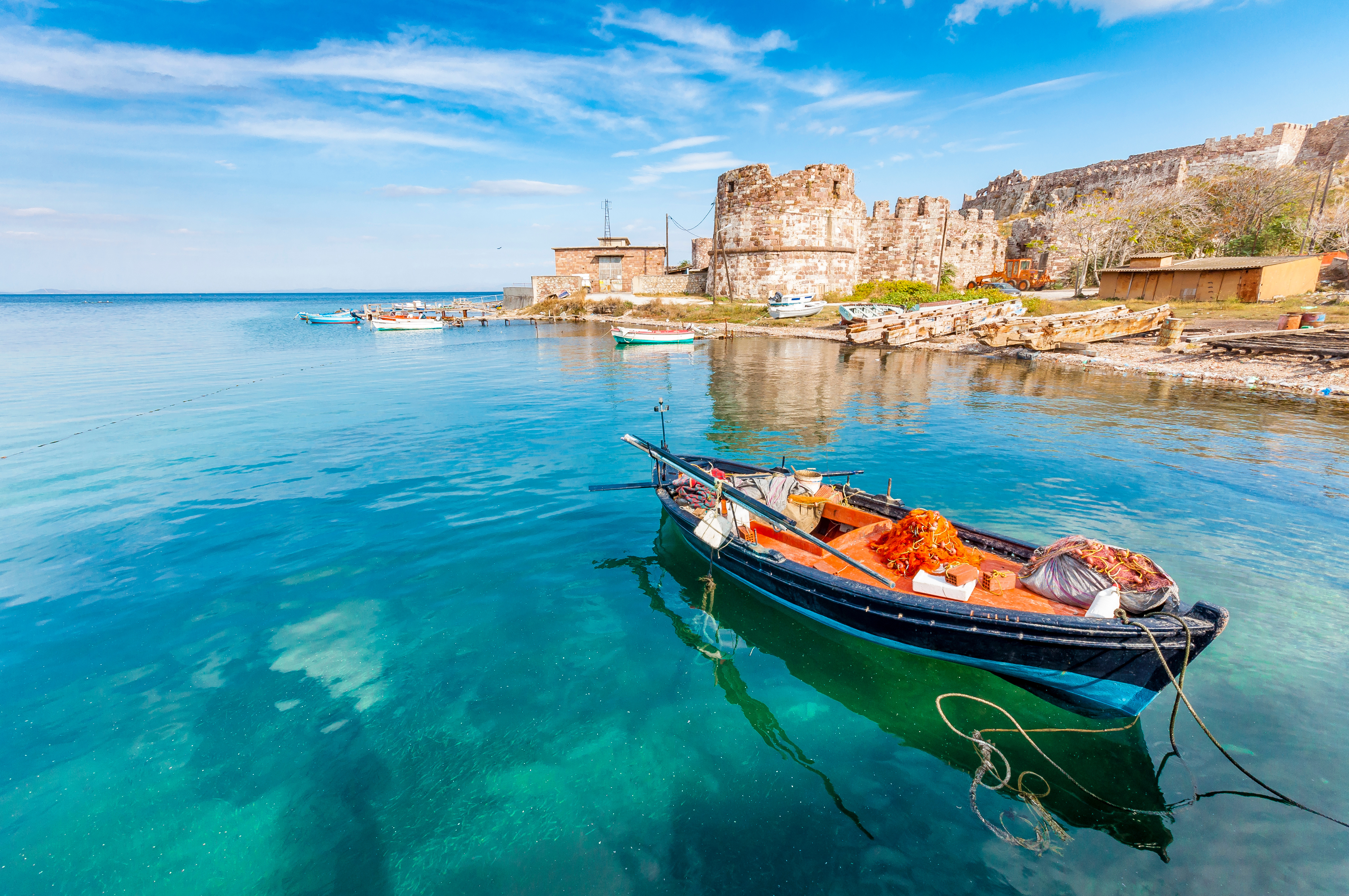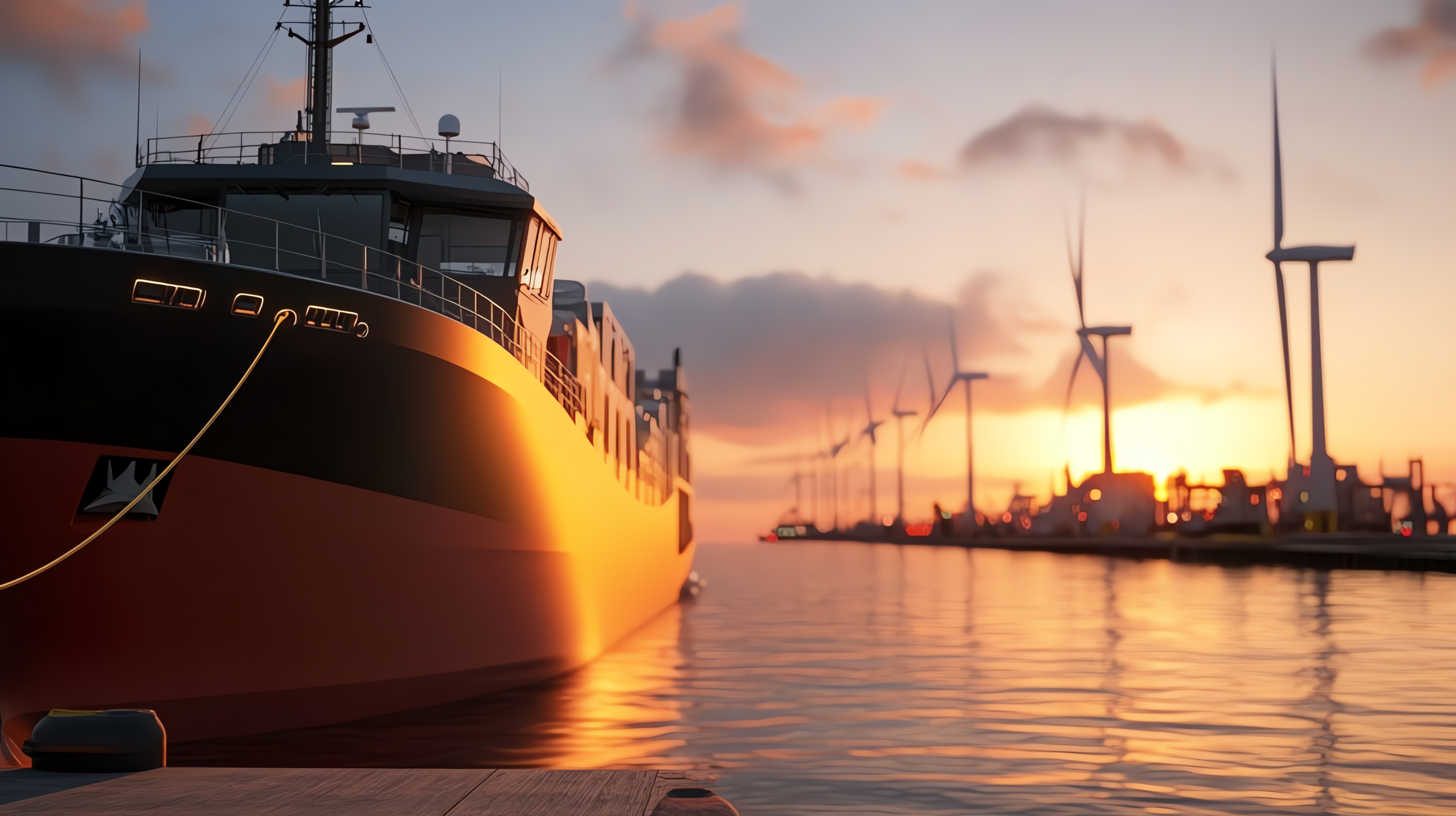アンモニアは、技術的進歩および持続可能性目標に後押しされ、海運における実現可能なゼロカーボン代替燃料としてますます浮上しています。
最近の飛躍的な進展として、アンモニアの船舶間{STS} 移送の成功、アンモニアを燃料とするエンジン技術の革新、代替燃料を安全に取り扱うために必要なスキルを船員が備えるための訓練プログラムの確立が含まれます。本稿では、燃料としてのアンモニアにかかる主な進展の概要を説明しています。
Ammonia is increasingly emerging as a viable zero-carbon fuel alternative in maritime shipping, driven by technological advancements and sustainability goals. Recent breakthroughs include successful ship-to-ship (STS) ammonia transfers, innovations in ammonia-fuelled engine technology, and the establishment of training programs to equip seafarers with the necessary skills to handle this alternative fuel safely. Here’s an overview of these key developments.
Ship to ship Ammonia transfer: GCMD Ammonia Bunkering Pilot (with English subtitles)
In a landmark achievement, Mitsui O.S.K. Lines, the Global Centre for Maritime Decarbonisation (GCMD), and Yara Clean Ammonia successfully conducted the world’s first ship-to-ship ammonia transfer at the Port of Dampier, Australia, on 14th September 2024. This trial represents a significant milestone in establishing ammonia bunkering infrastructure in the Pilbara region, a vital hub for Australia’s maritime industry. The operation not only showcased the technical feasibility of ammonia transfers but also highlighted the potential for integrating ammonia bunkering into global shipping routes.
Two transfers were successfully executed between the Green Pioneer, a 35,000 cubic meter (cbm) ammonia carrier owned by Mitsui O.S.K. Lines, and the Navigator Global, a 22,500 cbm ammonia carrier owned by Navigator Gas. The ammonia used in these transfers was supplied by Yara Clean Ammonia.
The trial strictly followed rigorous safety protocols and environmental guidelines, effectively addressing concerns related to ammonia's toxicity and volatility. The successful execution of this trial is anticipated to accelerate the development of global ammonia bunkering hubs. In the absence of ammonia bunkering vessels and ammonia-fuelled ships at this stage, ship-to-ship transfers at anchorage serve as the closest proxy to bunkering operations, replicating the essential steps involved.
Advancements in Ammonia-Fuelled Engine Technology
The industry is seeing significant progress in ammonia engine development, with major players like MAN Energy Solutions (MAN ES), WinGD and Wartsila leading the charge.
MAN Energy Solutions has approximately 30 ammonia engines on order following successful trials of its ammonia-fuelled two-stroke engines. The company recently began full-scale testing of these engines at its Augsburg, Germany facility. These engines are designed to facilitate a transition from conventional fuels to ammonia, thereby reducing greenhouse gas emissions. The company has previously indicated that it is targeting the end of 2024 or 2025 for the delivery of its first ammonia dual-fuel engine. Positive, real-life experiences from the crew and shipowners when the first ammonia-fuelled ships are delivered and operational in 2026 will further bolster industry confidence.
Currently, only two vessels are recognized as operating on ammonia: Fortescue’s converted offshore supply vessel, Green Pioneer, and NYK’s 272-ton tugboat, Sakigake. DNV reports a significant pent-up demand, noting in its Alternative Fuel Insights database that there are already 27 newbuilds on order for ammonia-fuelled propulsion, with most deliveries expected in 2026 and 2027.
Meanwhile, WinGD has also secured orders for its ammonia-fuelled X-DF-A engines, which have shown promising results in early test runs. These technological advancements are central in facilitating the adoption of ammonia as a mainstream maritime fuel, aligning with the International Maritime Organization’s (IMO) decarbonisation targets.
Developing Training Programs for Ammonia-Powered Ships
There is currently a significant lack of operational experience for crews in handling ammonia as fuel, with no formal training programs or regulatory frameworks in place to ensure its safe use. Recognizing this need, the European Maritime Safety Agency (EMSA) and other maritime organisations have initiated comprehensive training programs focused on alternative fuels, including ammonia.
EMSA has identified essential competencies for managing alternative fuels and energy systems. Their strategy includes updating certification standards, incorporating ammonia-specific modules into existing training programs, and developing simulation-based training to prepare seafarers for real-world scenarios. By combining classroom learning, simulators, onboard drills, and industry workshops, the maritime industry can ensure that seafarers are well-equipped to handle the challenges posed by alternative fuels. See: Latest News - Identification of specific competences for seafarers: alternative fuels and energy systems - EMSA - European Maritime Safety Agency
In parallel, the Maritime Just Transition Task Force (MJTTF), in collaboration with the International Maritime Organization (IMO) Secretariat and supported by Lloyd’s Register Foundation, has launched the 'Baseline Training Framework for Seafarers in Decarbonisation' project. This initiative aims to develop essential training materials and competency standards for the safe use of new zero and near-zero GHG emission fuels, as the current Seafarers’ Training, Certification and Watchkeeping (STCW) Code does not yet cover these areas. See: Considerations of training aspects for seafarers of ships powered by ammonia, methanol and hydrogen | Lloyd's Register Foundation
The Maritime and Port Authority of Singapore (MPA) is also actively involved in developing ammonia as a marine fuel. Together with EnterpriseSG, the MPA is creating standards for ammonia bunkering, covering custody transfer requirements, safety procedures, and crew competencies. These efforts are part of Singapore's broader strategy to position itself as a leading hub for maritime innovation and sustainability.
These training programs and standards are crucial for ensuring that crew members are equipped with the knowledge and skills needed to safely manage ammonia-fuelled vessels, thereby supporting the broader adoption of ammonia in the maritime industry.
The maritime sector is witnessing rapid advancements in ammonia as a fuel, from pioneering ship-to-ship transfers and innovative engine developments to the establishment of specialised training programs and standards. These developments mark significant milestones in the decarbonisation of global shipping.





